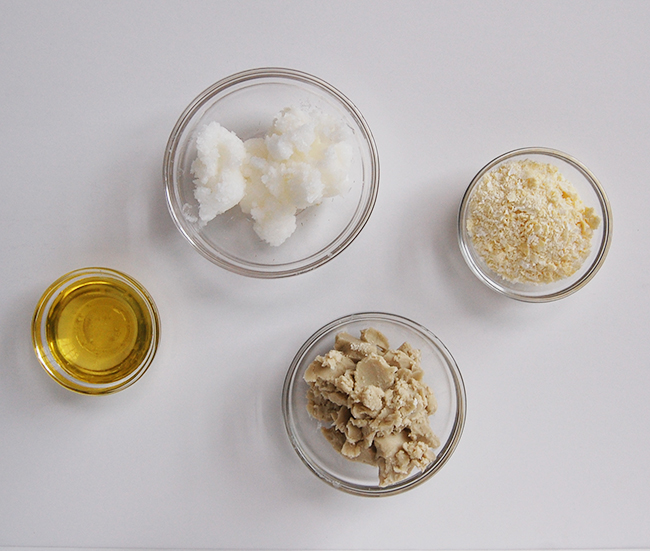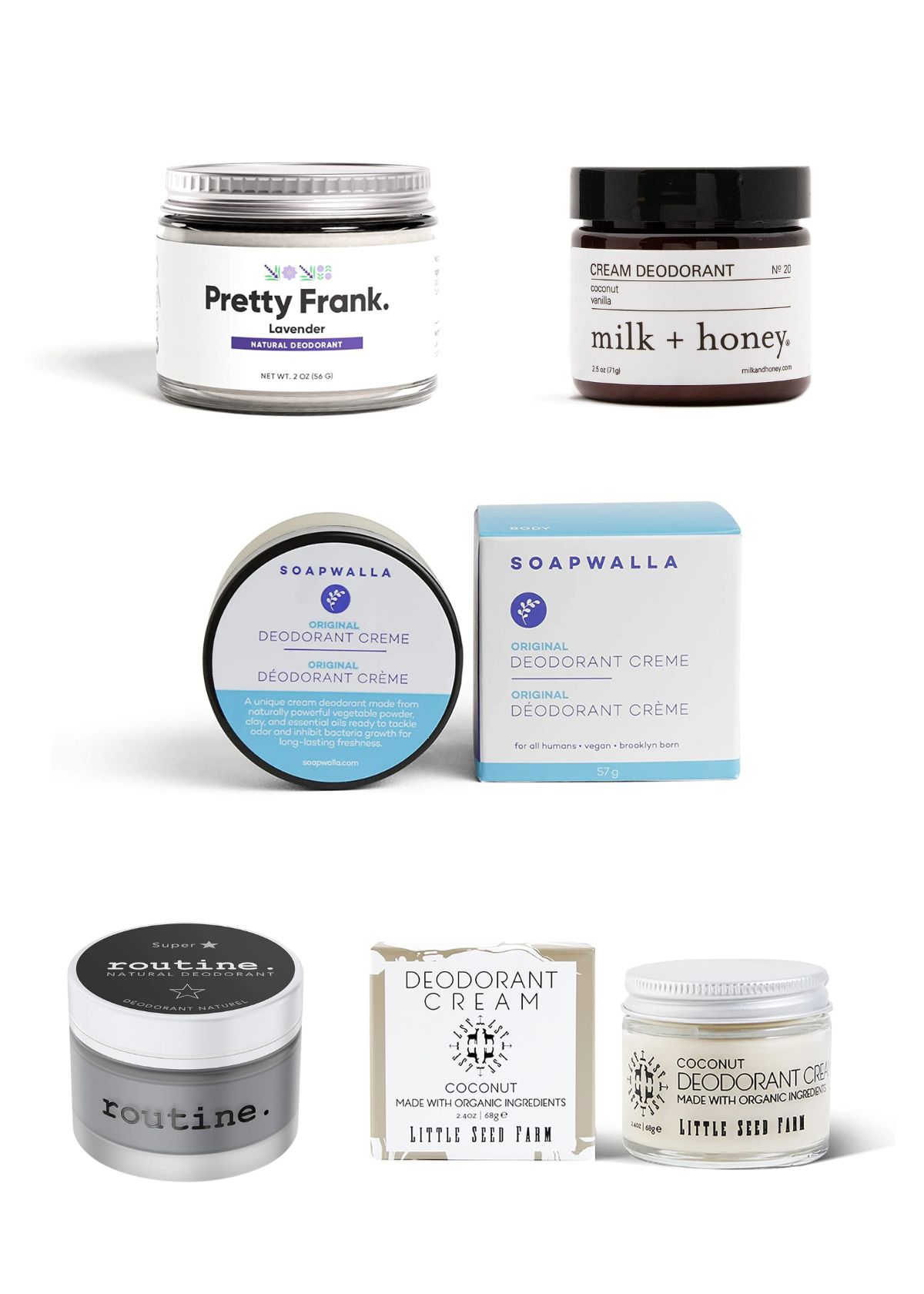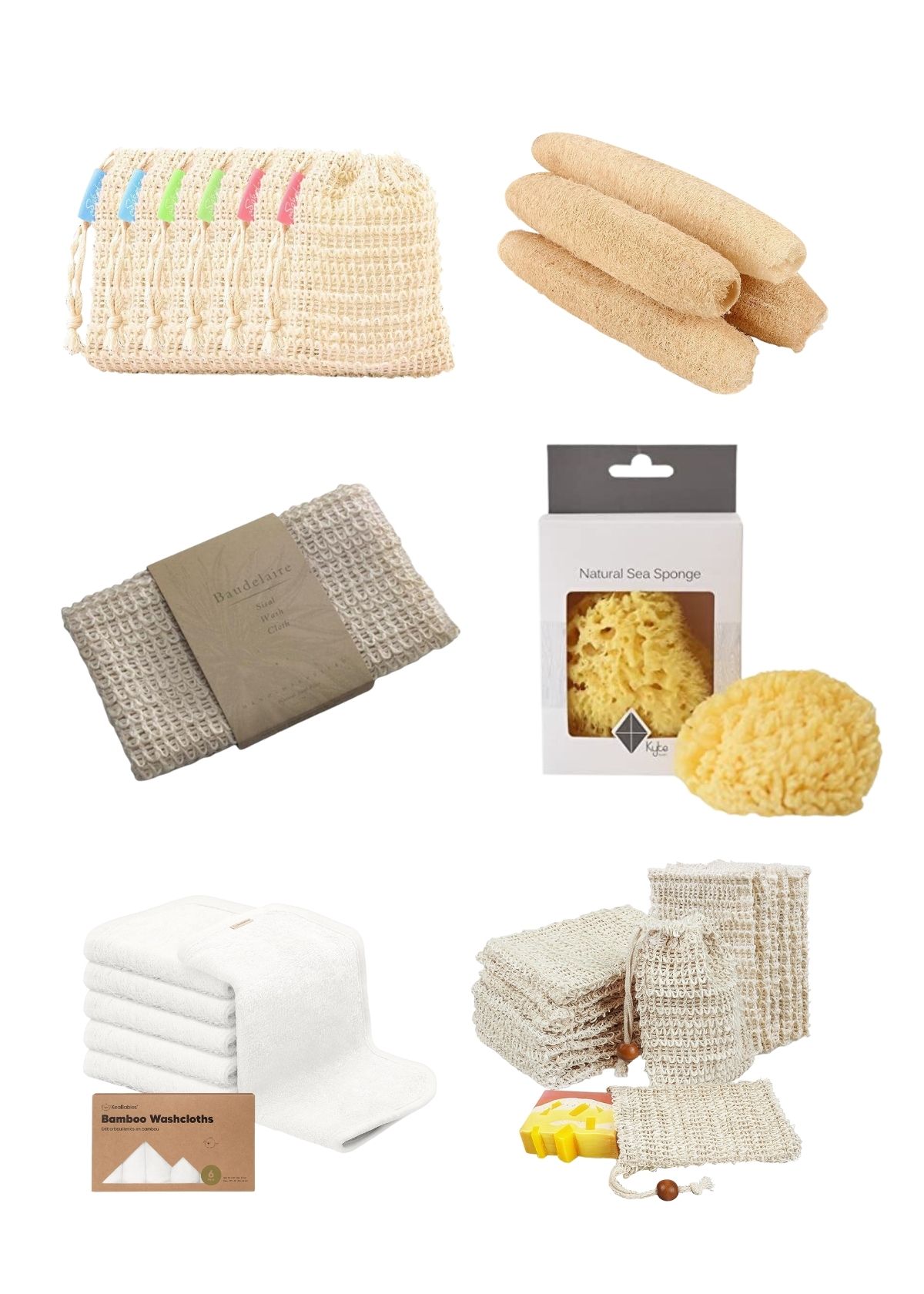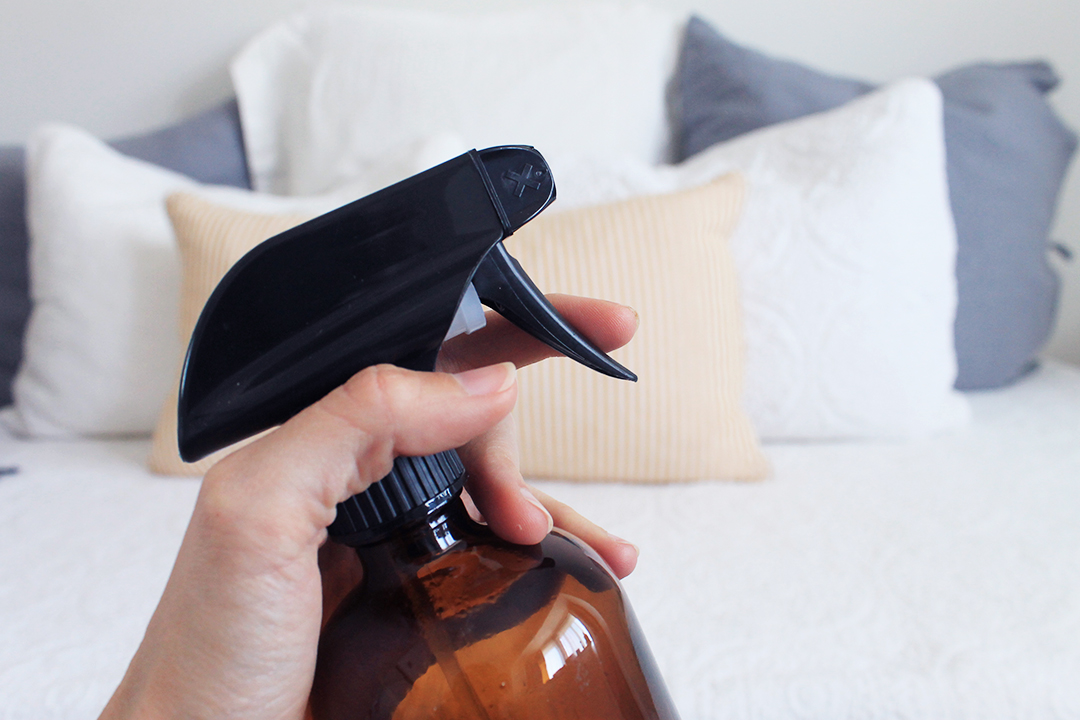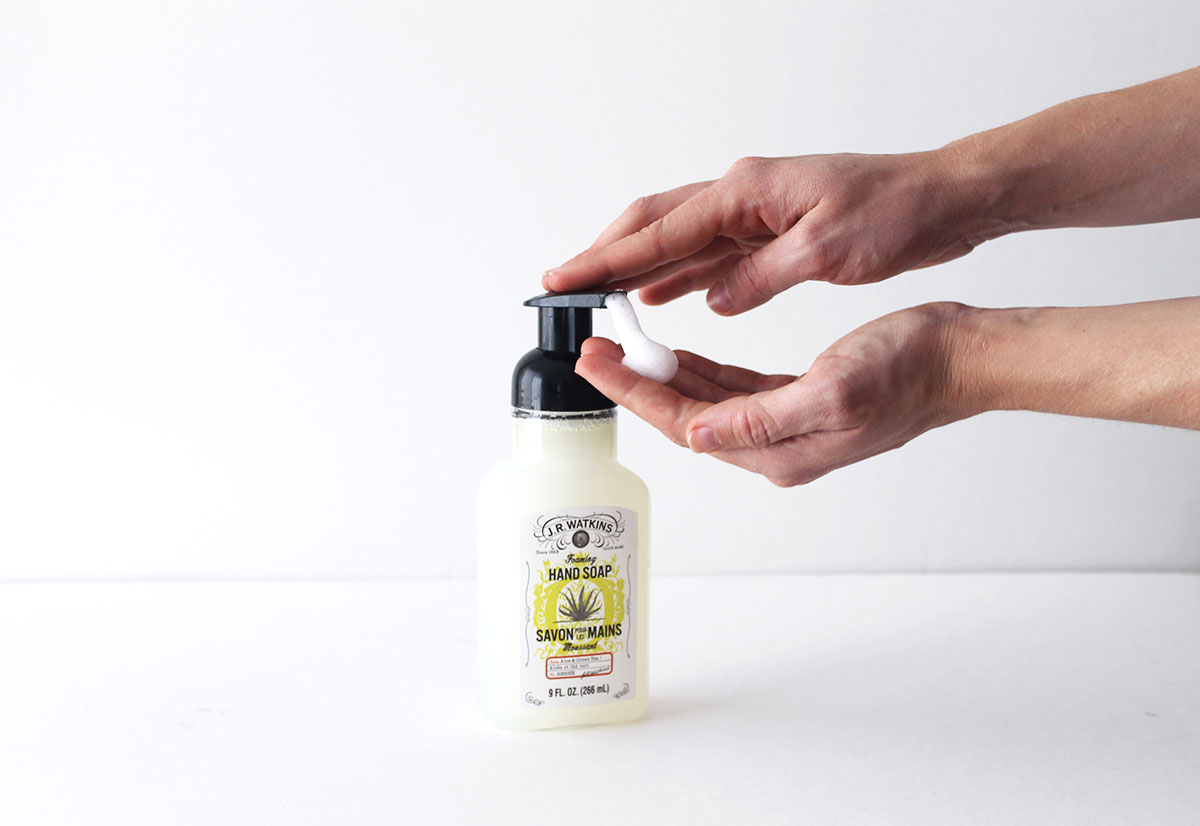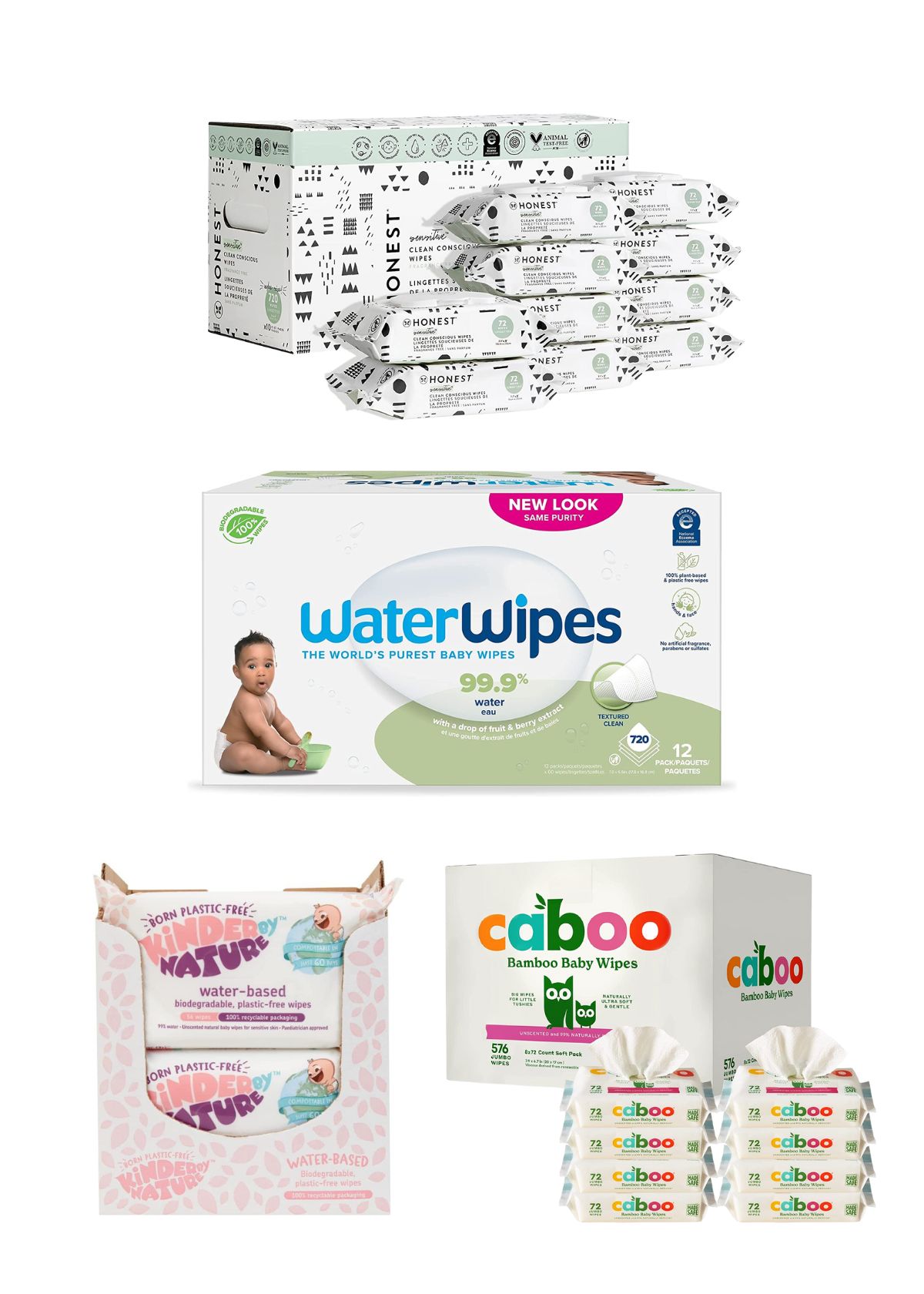Benefits of an Essential Oil Diffuser
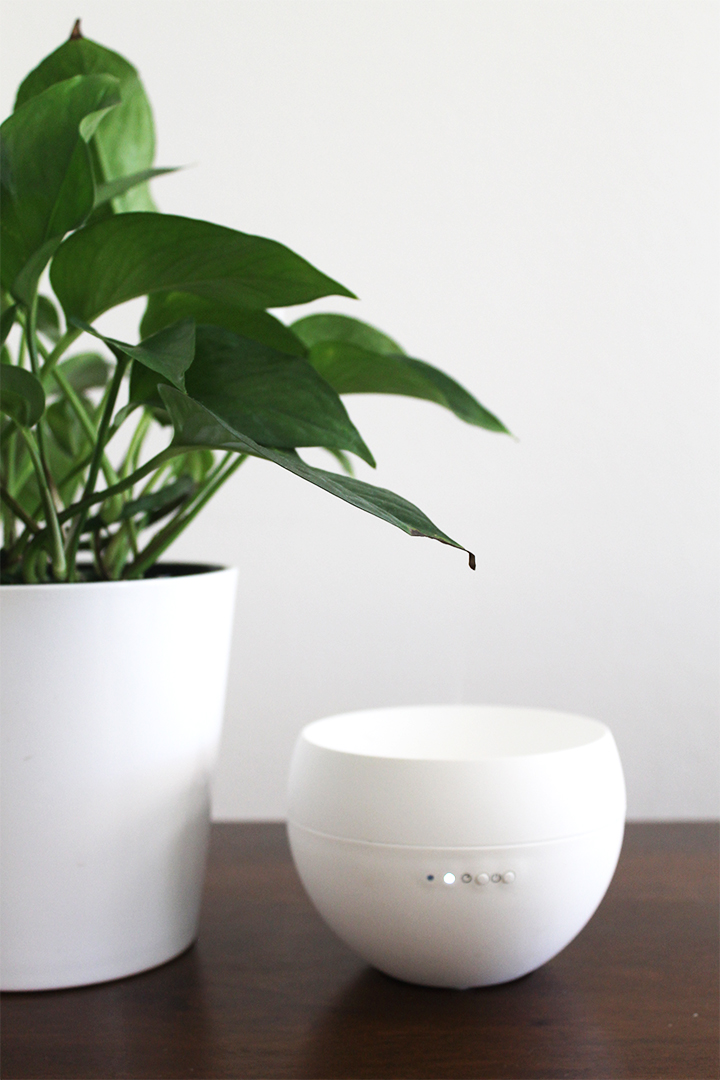
In this post I’m breaking down the benefits of diffusing essential oils, the different types of diffusers on the market, and the answers to questions like, “What’s the difference between a diffuser and a humidifier?”
Keep reading for more!
Health Benefits of Diffusing Essential Oils
The benefits of an essential oil diffuser include improving your quality of sleep, increasing alertness, warding off and preventing illness, and more.
| BENEFIT | OILS |
| Improve sleep | Lavender, Chamomile, Clary Sage |
| Relieve stress and improve mood | Sweet Orange, Sandalwood, Vanilla, Jasmine |
| Improve mental energy and focus | Peppermint, Rosemary, Basil, Cardamom, Lemon, |
| Purify the air | Tea Tree, Eucalyptus |
| Prevent illness and relieve allergies | Eucalyptus, Oregano, Cinnamon, Clove, Peppermint, Tea Tree |
| Repel insects | Peppermint, Tea Tree, Rosemary, Lemongrass, Geranium, Citronella |
Trustworthy Essential Oil Brands
There are a large variety of essential oil brands on the market and the quality of each can be ambiguous. High quality oils are produced from organic plants, without chemicals, and by using a large amount of plant material such that the final product is extremely concentrated. This is why high quality essential oils can be expensive.
I have purchased oils from a variety of sources and my favorites include:
Before purchasing oils, it’s recommended to make sure they are made using organic plant material sourced from the native region of each plant without any chemicals.
Non-Toxic Alternative to Scented Candles
If you are currently using candles to scent your home, you might want to reconsider. Regular scented candles are a huge contributor to indoor air pollution as they emit a slew of dangerous toxins. To learn about the dangers of scented candles in more detail, I recommend reading Wellness Mama’s article about why she doesn’t use scented candles.
If the ambiance of a candlelight glow is what you’re after, try burning beeswax candles instead.
If you’re more interested in improving the aroma of your home, a better (and more cost effective over time) alternative is diffusing essential oils.
NOTE: If indoor air pollution is a concern, consider decorating with air purifying plants in your home.
Types of Essential Oil Diffusers
There are three common types of essential oil diffusers on the market. Each comes with its own set of pros and cons detailed below.
Ultrasonic
This is the most popular type of essential oil diffuser. This diffuser works by vibrating water such that it vaporizes into the air without using any heat. When essential oils are added to the water in ultrasonic diffusers, they are also released into the air through the vapor.
The main drawback to ultrasonic diffusers is that their inner (and oftentimes outer) casing is almost always made from plastic. Plastic can be easily damaged over time from the use of certain essential oils (like most citrus oils, for example). Also, plastic is created from non-renewable resources so if possible it’s best to avoid.
Nebulizer
Nebulizing diffusers do not require heat or water. To put it very simply, nebulizing diffusers use pressurized air in a glass chamber to release essential oils into the air. For a more thorough explanation, I recommend reading Organic Aromas’ article on how nebulizing diffusers work.
Because nebulizing diffusers don’t use water, they release a more potent aroma than the much more subtle scent produced by ultrasonic diffusers. Also because they don’t require the use of water or heat, these nebulizers use a glass chamber instead of plastic and are made using more sustainable materials.
Evaporative Diffusers
These use an absorbent material (like a pad or thin filter) onto which you would add drops of essential oils. Evaporative diffusers then use a fan to blow the scent of the essential oil from the filter into the room.
Evaporative diffusers are often less effective than ultrasonic or nebulizing diffusers at properly emitting essential oils into the air.
Differences Between Humidifiers and Diffusers
While humidifiers and ultrasonic diffusers are similar in that they can both vaporize water (unless you’re using a nebulizing diffuser which doesn’t require water), there are a few key differences between the two.
- The main purpose of a humidifier is to increase the humidity of the air while the main purpose of an essential oil diffuser is to diffuse essential oils into the air
- Humidifiers require a much larger tank of water in order to effectively humidify the air
- Most humidifiers are not designed to hold essential oils – the addition of essential oils to a humidifier can lead to discoloration or cracking of the plastic casing materials
Best Essential Oil Diffusers
Plastic-Free Nebulizing Diffusers
If sustainability of the product materials and quality of the essential oils being emitted into the air are important to you, then I would recommend a nebulizing diffuser:
If you can’t afford the price of a nebulizing diffuser but still want a sustainable option for enjoying essential oils, try using glass diffuser jars and reeds.
Best Ultrasonic Diffuser
Your Best Digs did an excellent review of some of the best ultrasonic diffusers and at the end of their intensive testing they determined that the best ultrasonic essential oil diffuser is the Smiley Daisy.
Car Essential Oil Diffuser
A car diffuser is a clever way to diffuse oils on the go. There are versions that clip onto air conditioning vents, but those are usually poor quality and don’t work very well. Another option is a USB charged essential oil diffuser that fits in your cup holder.
Regardless of how you choose to diffuse essential oils in your home, I hope that you are able to experience the benefits regularly.

